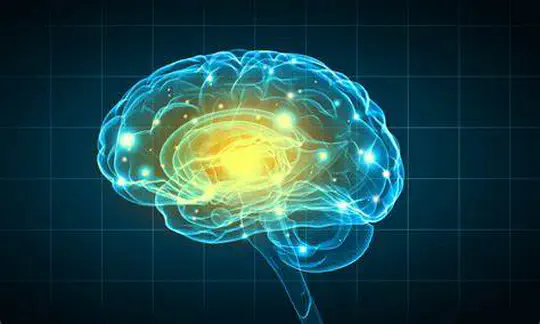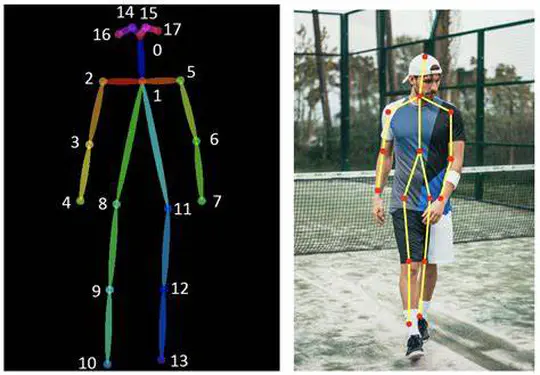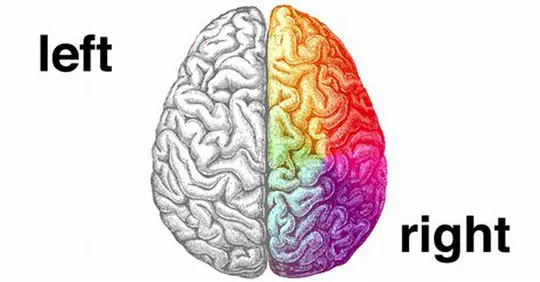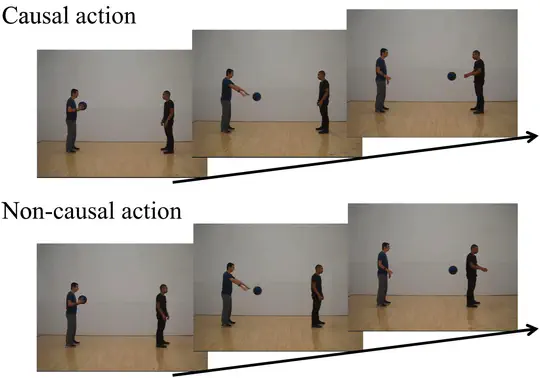Depression & Anxiety Computational Neuroscience Lab
Yujia Peng
School of Psychological and Cognitive Sciences
Peking University
彭玉佳,抑郁与焦虑计算神经实验室
心理与认知科学学院,北京大学

DACN lab is looking for highly motivated postdoctoral researchers to join our team.
🚫 No open Ph.D. positions for 2026.
✅ Research Assistants (RAs) are welcome to inquire!
Join us NOW!
DACN lab
The Depression and Anxiety Computational Neuroscience (DACN) lab is affiliated with the Department of Psychological and Cognitive Sciences, Peking University, Beijing. We closely collaborate with the Institute for Artificial Intelligence, Peking University, and the Beijing Institute for General Artificial Intelligence (BIGAI). DACN lab overall focuses on the multi-dimensional mechanistic investigations of mood and anxiety disorders, with a special focus on computational psychiatry and neuroimaging. We use a combination of behavioral experiments, fMRI, EEG, MEG, computational modeling, and machine learning, to promote our understanding of mechanisms underlying mental disorders.
Cognition, emotion, and social processes closely intertwine, and dysregulated functioning of corresponding neural networks associates with mental disorders such as depression and anxiety. Our research examines the order, disorder, and interconnections of cognitive, emotional, and social processing throughout the lifespan from childhood to older adulthood in healthy and diseased brains, to develop improved diagnostic and prognostic tests to be used in community mental health settings. Our current works aim to (1) understand negative cognitive bias in social anxiety, (2) decode individual differences in emotion and social perception based on multi-dimensional data, and (3) develop personalized neurofeedback treatments combined with classic psychological interventions to anxiety through computational neuroimaging methods.
- Depression and Anxiety
- Social Anxiety
- Social cognition
- Action recognition
- Artificial Intelligence
- Computational Psychiatry
- Neuroimaging
- Computational modeling
- Artificial Intelligence
Research Projects



Recent Publications
Gallerys
Contact
Send a message below.
- yujia_peng@pku.edu.cn
- Peking University, Haidian, Beijing 100871
- Philosophy building

